Bob Dylan in Film - No Direction Home and A Complete Unknown
I recently saw the new dramatic biography A Complete Unknown about Bob Dylan's rise to fame in the 1960's. It was not as bad as many had claimed, at least I quite liked it. However it wasn't nearly as amazing as the documentary No Direction Home released ten years ago. But since both films tell the same story, each one in its own way, I think the two really complement each other quite well, so I decided to write about both in this same post.

image source
The Bob Dylan Phenomenon
In 1961 a young guy from Minnesota hitchhiked to New York City. In his hands he carried a guitar and in his mind a world of poetry, conceived from various aspects of American folk life. He broke into the folk-music scene, which at that time was highly popular, and managed to transform it within a few short years, along with transforming himself, his own music, and in fact the overall culture of the United States. For this he earned heaps of scorn, but also unprecedented amount of praise, reaching heights of acclaim that was even too much for him.
Both movies illustrate this story very well. The documentary by Martin Scorsese does this beautifully by letting the personages tell their own stories in interviews. Also the dramatized musical biography by James Mangold does an excellent job at this, using the means of historical fiction. In my impression both films are two sides of the same coin, and should ideally be watched right after each other. This is underscored by the fact that the title of both movies are from the chorus of Dylan's famous song Like A Rolling Stone.
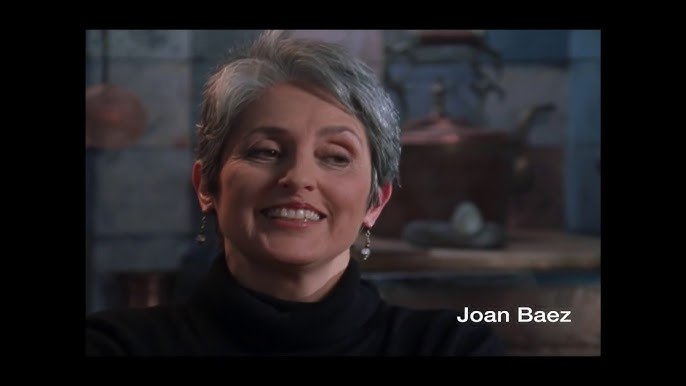
image source
On the Shoulder of Giants
"Where do these songs come from?" people kept wondering, since Dylan's lyrics tended to be so simple, yet so profound, capturing exactly what so many people had been feeling. To go beyond the surface, both films paid a great deal of attention to examining Bob Dylan's influences. In doing this, the documentary spends a lot of time introducing the favorite musicians Dylan liked to listen to as a kid, from Odetta to the New Lost City Ramblers. Many of these influences also come to word, such as Liam Clancy or Pete Seeger. His most notable influence, however, is undisputably Woody Guthrie, which the Mangold's dramatization highlights in the beginning: Dylan meets Woody and Pete Seeger at the hospital, where he performs his Song to Woody he wrote for and about his idol. Though this does not accurately reflect historical events, for me it felt just perfect in paying homage to Woody Guthrie.

image source
More importantly, both films use these influential musicians to set the scene of the early 1960's in the US, on the brink of the Civil Rights Movement, as well as the cultural transformation that the coming of age of the Baby Boom generation would bring about.
Taking the Folk Scene by a Storm
Greenwich Village in New York City was a vibrant hot-spot for music, poetry, and arts in general, with "folk" being particularly popular. The idea that songs would be shared by various artists, and interpreted again and again in different ways until nobody remembered or even cared about the original creator, was the most natural thing in the world in ancient past. But in the age of powerful recording companies and record sales it had to be rediscovered and held high in a kind of "back to the roots" movement. This was the attitude that the folk music scene of the time adhered to, which inadvertently led to a good amount of purism and snootiness.
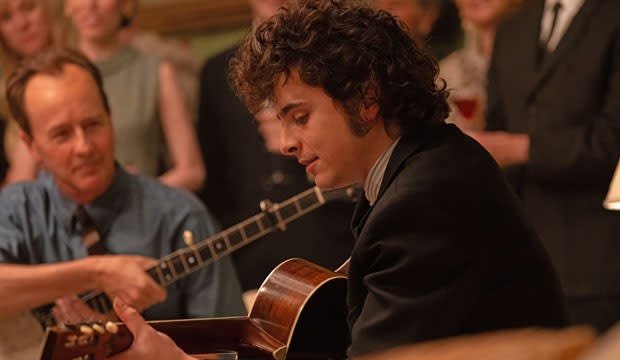
image source
When Bob Dylan entered this scene, he immediately created a fair amount of waves, at first in the most positive manner. He seemed to have, in some mysterious way, tapped into the source of all those the old-time feelings that came across in traditional folk songs... but were curiously highly relevant to present day issues. His renditions of the old folk repertoire sounded great, but his originals struck a powerful chord with his contemporaries.
It was thus that Dylan was brought to the forefront of the Civil Rights Movement, as many of his songs directly addressed racial inequalities in American society. His most important anthem became Blowin' in the Wind, which he played at demonstrations, such as the famous March on Washington in 1963. Often he would perform together with Joan Baez, who had already been a famous folk singer when Dylan first arrived in New York. The two became not only partners in music, but started a relationship, which is artistically illustrated in A Complete Unknown, while No Direction Home lets both of them relate the story from their own perspectives.
Becoming the Electric Judas
If you are familiar with Blowin' in the Wind you probably understand my personal feeling about that song: At first it is breathtaking with its true words and its melancholic tune, but after the tenth time of listening it becomes a bit annoying. It's way too simple musically, and once the novelty of its lyrics has worn off, it starts feeling increasingly cheesy. So imagine how Dylan felt about it, especially when everyone kept requesting this one song, even though he had a whole list of new ones that went even deeper in their lyrical imagery.
Not only that, but he was expanding musically as well. Being an old fan of rock'n roll, he soon put together an electric band with whom he kept stretching the limits of both folklore and rock music, going into completely new directions. This stirred up the major controversy around him, which ended up defining him and his career, dividing it up into the acoustic folk and the electric rock periods. It is also this controversy that both films use as their major themes. Most notably is the exclamation of "Judas!" by someone in the audience in one of his shows, to express the fans' displeasure of him going electric.
But it was not only his fans that didn't like his new style. At the 1964 Newport Folk Festival he used his closing act to introduce some of his most iconic electric songs to a highly divided audience, among them Like A Rolling Stone. According to rumors, Pete Seeger was so upset at him for this, that he is alleged to have uttered something about wishing to use an axe to cut the cables to the amplifier. In the documentary he admits having used this phrase, whereas Dylan remembers having heard about it, but not believing it, since it would have broken his heart if a man he respected as much as Seeger had said something like this. Interestingly, the dramatized biography shows Pete Seeger looking at a couple of axes set up near the stage (which honestly is nonsense, no matter how you look at it), before shaking his head dismissively.
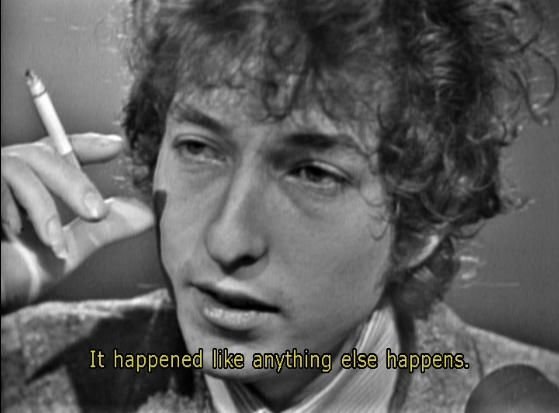
image source
Check Out Both Films
Clearly, Bob Dylan is whole lot more than all the images presented in both the documentary and the dramatic adaptation (as well as numerous books, articles, inside stories, and even his songs themselves). The guy behind the music had been understood, explained, and reasoned about, ever since the beginning of his career, that he consciously chose to shroud himself in a great deal of mystery. Again, both films do an excellent job at making this clear, without trying to shed light on the unfathomable. In any case, I believe for all those who know and like Bob Dylan's music, and all those who would like to get to know it, it's worth getting a glimpse at him through these two films.
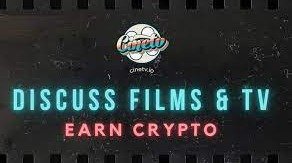
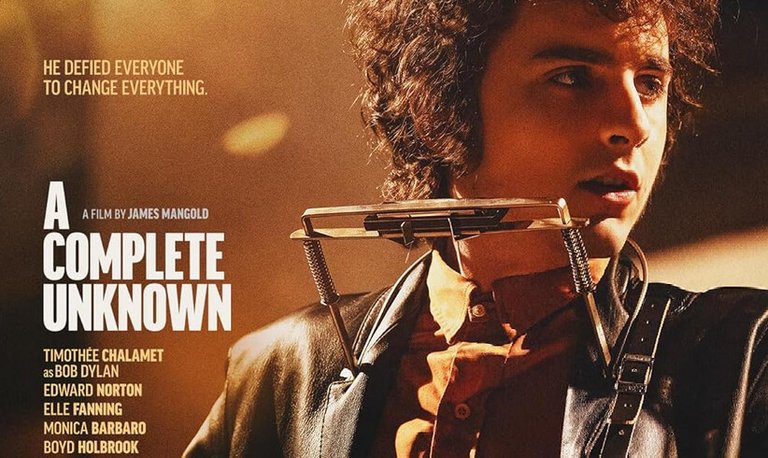

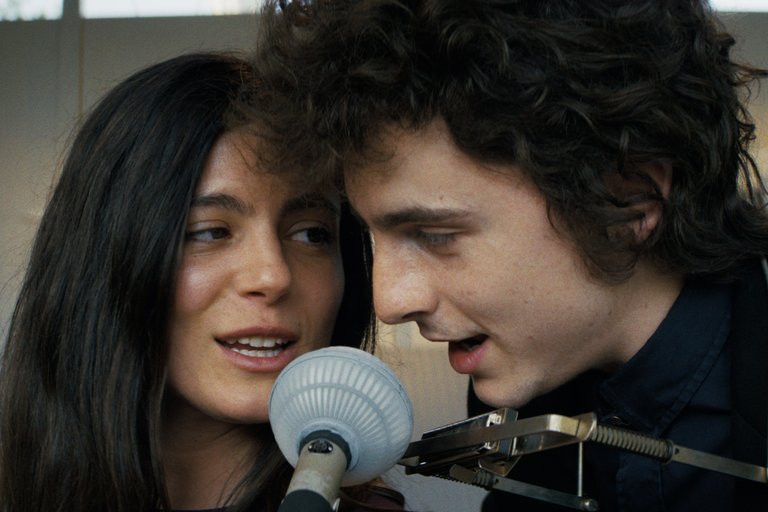
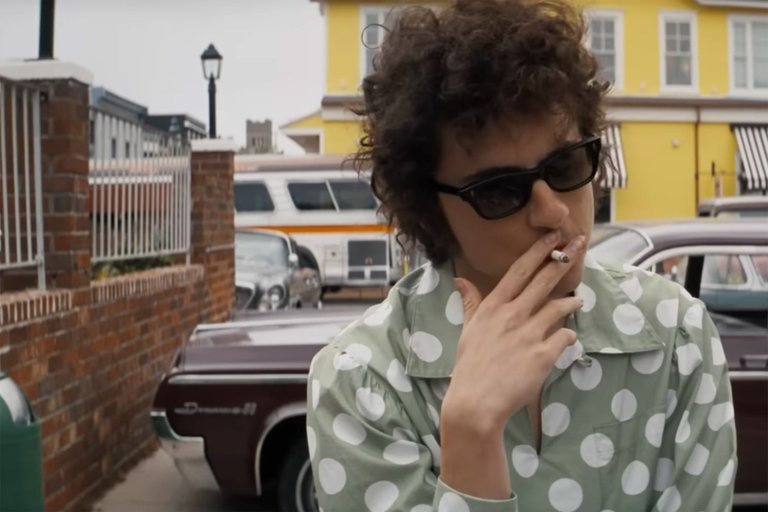
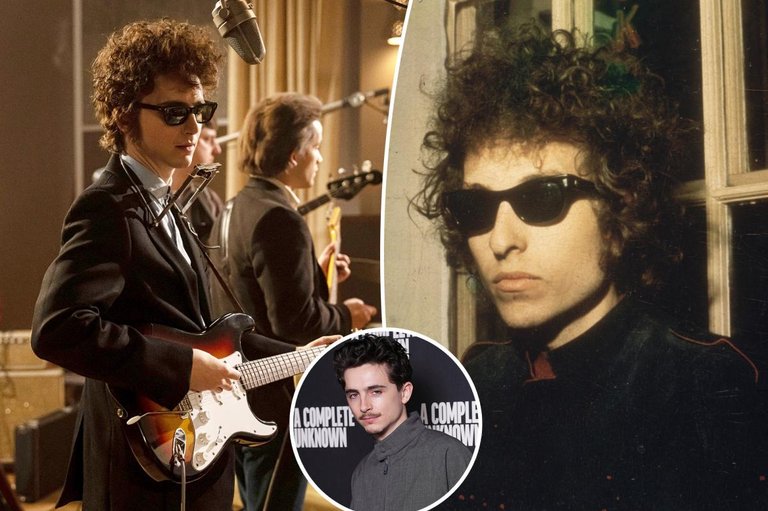
As much as I love Dylan I haven't seen either.
My 16 year old nephew sung along to Subterranean Homesick Blues in the car the other day and didn't get a word wrong. It was pretty cool. He was pretty pleased with himself.
Wow, I would be too in his place! I've listened to that song at least a hundred times, read the lyrics, saw the video, etc. and still I'm not that on top of it to remember everything on cue. It's a genius play on words and ideas, but incredibly fast paced. So great props to your nephew for this amazing feat... not to mention for even knowing who Bob Dylan is!
Ah, my Dad had a big influence on him. He's always been huge on music. He even listens to Ry Cooder! He's got his own band now too, it's a little teenage of course, but it's still quite good, considering he writes all his own music and lyrics. If you're interested, his band is 'Could be Stars' on Spotify. I just gave him a book of poetry I had from doing LIterature at high school as he's also doing the same and is loving poetry for how it relates to spoken word and lyrics. I am quite proud of my multi talented musical nephew.
Well, Spotify is really not my thing, but now you got me so intrigued that I'm going to check out your nephew's band.
He's on Bandcamp too if that helps
Of course that helps! I just listened to their Everything I Love album, and it struck me to the ground. Is it okay if I write a post about them here on Hive? I mean, you probably would have done it already, so I thought I'd ask first.
As it happens, I watched A Complete Unknown just last night. Yeah, it’s not completely historically accurate but as a film I liked it quite a bit. I’ll often check imdb.com after having watched a movie and one of the things I learned there was that Edward Norton (who portrayed Pete Seeger) played Pete Seeger’s own banjo in the movie.
I'm glad you liked it. From the amount of negative reviews I saw, I almost expected the actor to play some fake chords, like you can see in so many bad movie scenes. But no, all of them pulled their roles off very credibly. I didn't know the bit about Pete Seeger's banjo, very cool!
I'm just glad they didn't cast Tom Hanks to play Dylan.
Don't tell me they were considering it! I know, make-up can do wonders, but still, Tom Hanks would be ancient to play a guy in his 20's.
No, I was disgusted enough seeing him as Mr Rodgers.
Nice review on both movies. I recently saw A Complete Unknown and was intrigued enough to get the book it was based on from the library. But I found the book too dry and didn't finish it. I don't think I've seen the documentary. I'll have to see if the library has it.
Is it Dylan Goes Electric! by Elijah Wald? Never read that one. But I did read Chronicles: Volume One, the book which No Direction Home is supposedly based on. Very nice read, particularly because it was written by Dylan himself. Unfortunately he never published a second volume of his chronicles.
Yes, I believe it was Dylan Goes Electric.